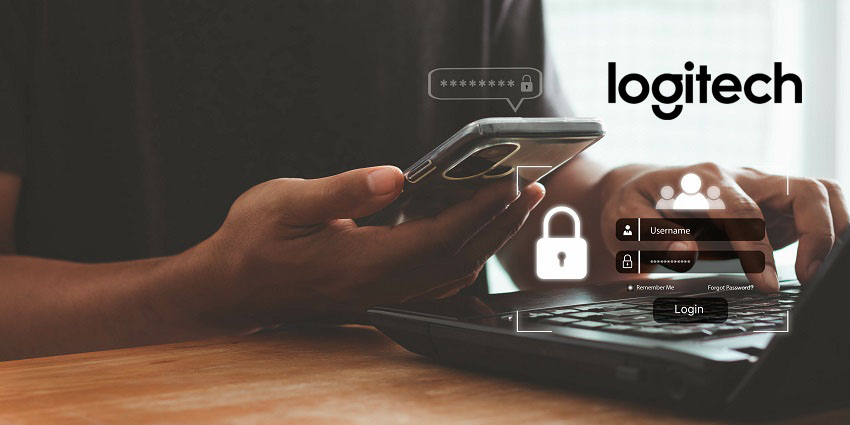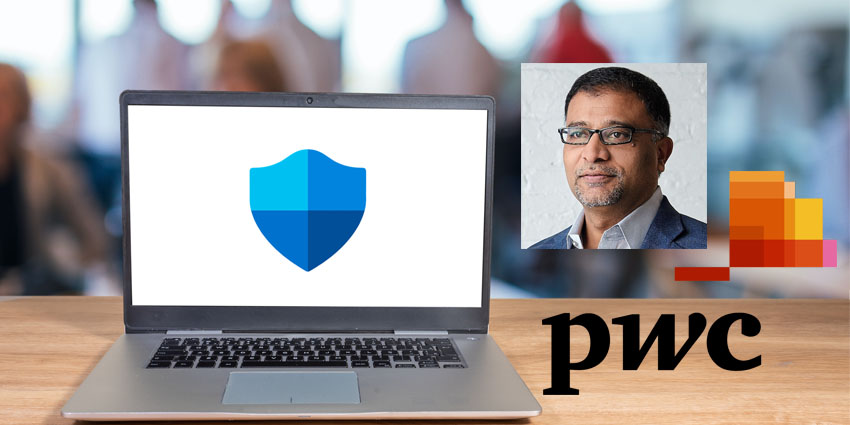Unified Communications (UC) platforms have become an essential part of the business technology stack in recent years. Offering companies the opportunity to align communication tools, enhance collaboration, and support an evolving range of employees, UC solutions are now critical to success.
It’s little wonder that the market for unified communications was valued of $136.11 billion in 2023. However, while the benefits of UC systems are impossible to ignore, implementing a comprehensive platform does come with risks.
With huge volumes of data moving through various channels over the cloud, companies need a comprehensive strategy for securing their ecosystem and maintaining compliance. Here’s why UC security is so essential in the modern world, and how you can protect your business.
Why UC Security is Crucial Today
In any company, employees need to be able to communicate effectively to pave the way to business success. Unfortunately, the critical nature of an organization’s communication system, combined with the amount of sensitive and valuable data that’s shared over these platforms, make them an attractive target for criminals, and emerging threats.
In recent years, as more companies have shifted their communication systems into the cloud, the number of threats facing UC environments has increased. We’ve seen an increase in everything from DDoS (Distributed Denial of Service) attacks targeting VoIP systems and mobile apps, to a rise in numerous hacking strategies, from phishing, to malware.
What’s more, as companies collect and share more valuable data through their unified communication systems, regulatory bodies are implementing new compliance standards to guarantee their security. Failure to invest in the right security standards can lead to significant reputational damage, lost consumer trust, and serious fines. For instance, in 2023, the CTFC and SEC groups imposed charges for poor security practices against various companies, amounting to over $1.8 billion in penalties.
How to Secure Your UC Environment
One of the things that makes securing your UC environment, and remaining compliant with industry standards so complex, is that it requires a multi-faceted approach. While many UC vendors are implementing security solutions to help protect clients, from access controls, to encryption, you need to think beyond the built-in features of your software to ensure results.
Step 1: Choose the Right UC Software
The first step in ensuring your UC environment is secure, is working with a communication vendor that can adhere to your specific security needs. This means assessing your threat environment, and determining exactly which features you’ll need to access to protect your company and data.
For instance, you may need to choose a UCaaS solution that’s already compliant with specific industry standards like GDPR, PCI payment processing, and HIPAA (for healthcare). You’ll also need to think about where your communication provider stores your data, to ensure you’re adhering to data sovereignty requirements.
Whatever the nature of your business, you should always ensure the right solution has:
- Comprehensive encryption capabilities: The right UC solution should offer end-to-end encryption for data in trans-it and at rest. Look for Transport Layer Security (TLS), and Secure Real-Time Transport protocol from your voice vendor.
- Access controls: Most leading UCaaS and UC solutions should come with features that allow you to assign specific permissions to each of your employees. Ensure you can guarantee only the right people in your organization can access specific resources and perform certain tasks.
- Visibility: Your UC solution should allow you to track the movement of your data, determine where files and information are stored, and audit your ecosystem whenever necessary. It’s also worth looking for solutions that allow you to implement your own security policies.
Step 2: Consider Your Wider Cloud Security Strategy
Once you’ve chosen the right vendor for your UC technology, you’ll need to take a broader look at your cloud security strategy. This is particularly crucial if you’ll be building a team of in-office, hybrid, and remote or mobile workers.
Consider what type of network security strategies you’ll need to implement, such as firewalls that can protect your company from outside attacks. Think about how your employees gain access to your cloud ecosystem, and whether you should be implementing zero-trust strategies, to ensure the wrong people can’t enter your ecosystem.
It’s also worth looking at apps and software that can help to enhance your cloud security strategies, such as endpoint device management tools, automated vulnerability management software, and solutions that can monitor threats, and notify your teams when risks emerge.
Step 3: Don’t Forget Your Hardware
Software makes up a significant part of the UC experience. However, you also need the right hardware, to ensure employees can remain productive, and connect with colleagues wherever they are. If you’re leveraging a cloud-based environment for communications, you’ll need a secure SBC (Session Border Controller) solution.
Some companies now offer solutions with tools for protecting against significant threats such as SQL injection and denial-of-service attacks. When purchasing hardware for meeting rooms and collaboration, choose a vendor that takes a security-first approach to design.
For instance, Logitech’s technologies are encrypted as standard, and come with access to valuable software, like Logitech Sync, which allow you to modify settings, patch issues, and deploy updates remotely. You can even look into hardware specifically designed to improve your security strategy, such as Logitech’s Logi Bolt wireless technology, which delivers a high-performance, secure wireless connection for all compatible devices in an office space.
Step 4: Address the Issue of Human Error
Up to 88% of data breaches and security issues in any business are a result of human error. Implementing access controls in your UC system that limit who can access specific tools and resources can help to reduce your exposure to threats.
However, there are other steps to take to create a truly secure environment. For instance, implementing multi-factor authentication methods can make it easier to protect accounts from outside attacks. Ensuring your team members use password management tools, so they can leverage stronger passwords, and change them frequently is another valuable step.
You can even look for tools that allow for single-sign-on functionality, so employees don’t have to work as hard to remember multiple passwords. On top of this, make sure you provide your team members with training and guidance on how to identify common UC threats, and avoid exposing your company to unnecessary risks.
Step 5: Constantly Monitor and Analyze Risks
Finally, securing your UC environment requires a comprehensive and ongoing approach to identifying and mitigating risks. It’s not enough to simply put security standards in place. You need a system that allows you to keep track of potential issues, determine where threats come from, and implement more comprehensive strategies for future security.
Intelligent monitoring software can help you to monitor calls and conversations in real-time, looking for signs of suspicious activity. The right tools can also make it easier to track how endpoints and hardware are used, and look for gaps in security settings. Plus, there are solutions that can give you a real-time view of your network security at any moment.
Make sure you have a plan in place for maintaining full visibility into any security issues, and build a disaster recovery plan, so your teams know what to do if something does go wrong.
Secure your UC Environment and Protect your Business
Now more than ever, it’s crucial to ensure that your UC environment is protected against an evolving variety of threats. The right security strategy, combining hardware, software, and intelligent processes, will protect your company’s reputation, and keep you compliant with industry regulations.
Don’t underestimate the importance of implementing an end-to-end strategy for security when you’re implementing your unified communication system.







